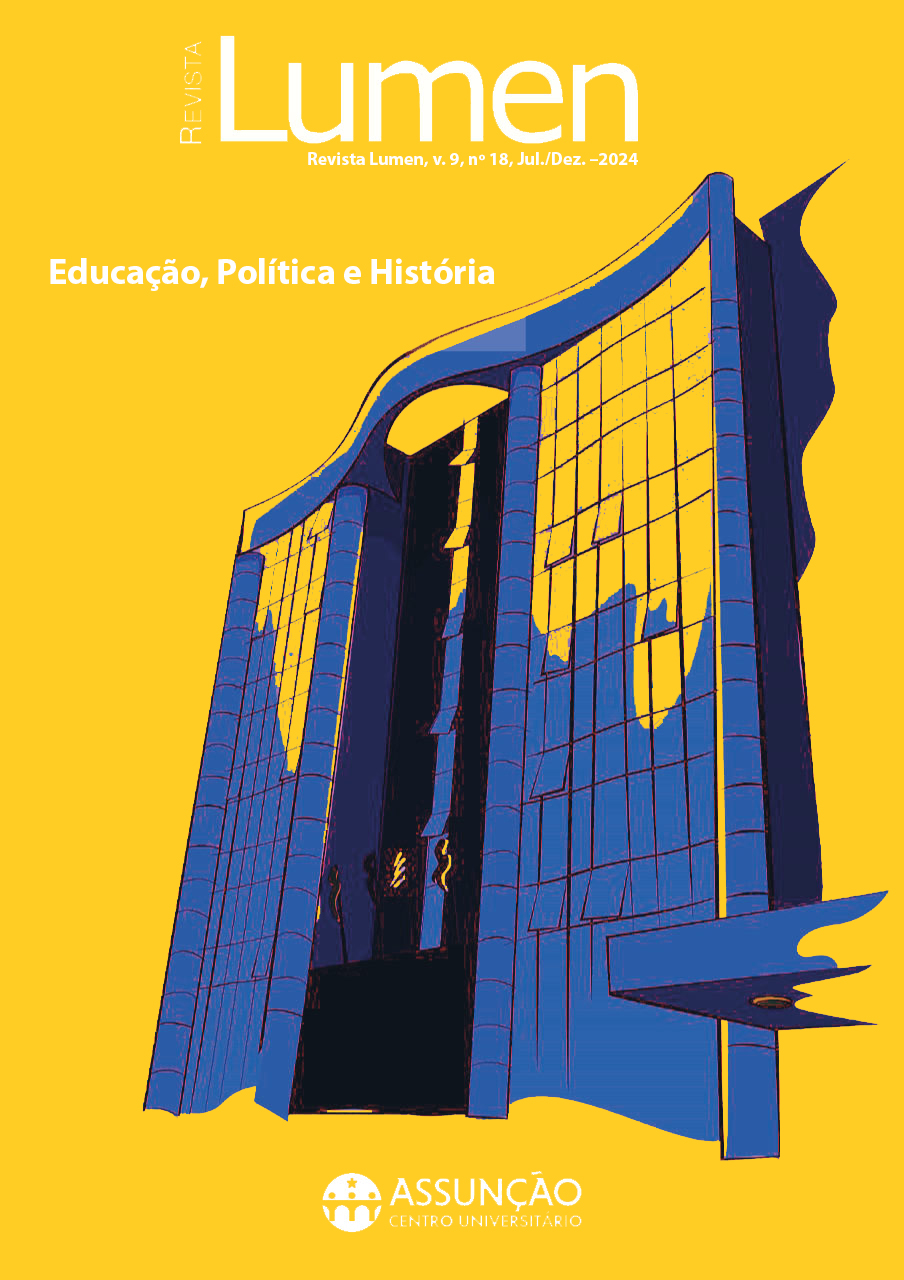Salafistas jihadistas e o inimigo distante
DOI :
https://doi.org/10.32459/2447-8717e291Mots-clés :
Terrorismo, Ideologia, Salafistas jihadistas, Jihad, al QaedaRésumé
Os motivos que levam uma pessoa a se filiar a determinado Grupo Salafista Jihadista (GSJ) são investigados nesse artigo. O autor almeja compreender a relação entre terrorismo religioso e ideologia islamista, e para isso se propõe a estudar o conceito de terrorismo, o movimento salafista, os salafistas jihadistas, a ideologia da al Qaeda e a postura dessa organização ante os EUA. A hipótese inicialmente levantada, de que a razão última para uma pessoa se afiliar a al Qaeda é sua ideologia, é confirmada. O fator ideológico é o motivo principal para a adesão ao jihad global empreendido pela al Qaeda.
Téléchargements
Métriques
Références
ARMSTRONG, Karen. Campos de Sangue: religião e a história da violência. São Paulo: Companhia das Letras, 2016.
BARFIELD, Thomas. Afghanistan: a cultural and political history. Oxford: Princeton University Press, 2023.
CARRIERE, Kevin R.; GARNEY, Georgia; MOGHADDAM, Fathali M. Terrorism as a form of violence. In: VAZSONYI, Alexander T.; FLANNERY, Daniel J; DELISI, Matt (org.). The Cambridge Handbook of Violent Behavior and Aggression. 2. ed. Cambridge: Cambridge University Press, 2018. cap. 33: p. 626-644.
DINIZ, Eugenio. Compreendendo o fenômeno do terrorismo. [S. l.; s. n.], 2002.
DEPARTMENTS OF THE ARMY AND THE AIR FORCE. FM 100-20/AFP 3-20. Washington D.C.: Departments of the Army and the Air Force, 1990.
FATWA. In: Oxford Reference. Oxford: Oxford University Press, 2023. Disponível em: https://www.oxfordreference.com/search?q=fatwa&searchBtn=Search&isQuickSearch=true. Acesso em: 13 jun. 2023.
HOFFMAN, Bruce. Inside terrorism. New York: Columbia University Press, 2017.
IBRAHIMI, Yaqub S. Violence-producing dynamics of fragile states: how state fragility in Iraq contributed to the emergence of Islamic State. Terrorism and Political Violence, v. 32, p. 1245-1267, 2018. Disponível em: https://www.tandfonline.com/doi/full/10.1080/09546553.2018.1463914. Acesso em: 12 jun. 2023.
KATON, Alexa et al. A Qualitative analysis of drivers among military-affiliated and civilian lone actor terrorists inspired by jihadism. Studies in conflict & terrorism, London, v. 44, n. 2, p. 138-155, 4 ago. 2020.
MAZARR, Michael J; SNIDER, Don M.; BLACKWELL JUNIOR., James A. Desert storm: the gulf war and what we learned. New York: Routledge, 2018.
MORAN, Andrew. Terrorism. In: HOUGH, Peter; MALIK, Shahin; MORAN, Andrew et al (org.). International security studies: theory and practice. New York: Routledge, 2015. cap. 11: p. 150-163.
QUIGGIN, Tom. Understanding al-Qaeda’s ideology for counter-narrative work. [S. l.: s. n.], 2009.
UNITED STATES OF AMERICA. United States Code, Title 22, chapter 38, Section 2656f. Annual country reports on terrorism. Washington, DC: Office of the Law Revision Counsel of the United States House of Representatives, 2023. Disponível em: https://uscode.house.gov/view.xhtml?req=granuleid:USC-prelim-title22-section2656f&num=0&edition=prelim. Acesso em: 11 jun. 2023.
WAGEMAKERS, JOAS. Salafism. Cambridge: Cambridge University Press, 2016. Disponível em: https://oxfordre.com/religion/display/10.1093/acrefore/9780199340378.001.0001/acrefore-9780199340378-e-255;jsessionid=A57D4E5AC13202E745A1AE45B313162A. Acesso em: 02 jun. 2023.
WELCH, Jacob. Reflections on Soviet Intervention in Afghanistan: The United States’ Aid to the Mujahadeen and the Jihad against the Soviets. In: BATTS, Kara et al. Historia. Charleston: Eastern Illinois University, 2013. cap. 16, p. 167-179.
WIKTOROWICZ, Quintan. A genealogy of radical islam. Memphis: [s. n.], 2016.
Téléchargements
Publiée
Numéro
Rubrique
Licence
(c) Tous droits réservés Revista Lumen - ISSN: 2447-8717 2025

Ce travail est disponible sous la licence Creative Commons Attribution 4.0 International .
O periódico Revista Lumen utiliza a licença do Creative Commons (CC), preservando assim, a integridade dos artigos em ambiente de acesso aberto. A revista permite que o autor retenha os direitos de publicação sem restrições.











